Cuba – Chipping away at Restrictions
President Raúl Castro became the first Cuban leader to receive an official state visit from his US counterpart in 88 years when Barack Obama arrived in Havana on March 20. The meeting affirmed Obama’s commitment to the diplomatic opening initiated by the two leaders in late 2014, which thus far has resulted in the easing of restrictions on travel and financial flows between the two countries, the restoration of normal diplomatic ties, and, under an agreement reached last month, the restoration of direct commercial flights between the two countries.
The easing of restrictions will give a big boost to Cuba’s tourism industry and will also increase inflows of remittances from Cuban-Americans to family members still living on the island, the two most important sources of foreign exchange and key drivers of domestic demand. The number of US visitors was already surging before the latest changes, and the anticipated steep increase in annual arrivals will create demand for accommodations, restaurants, transportation, and numerous services, including tour guides.
There is zero chance that the embargo will be fully lifted before Obama leaves office in January 2017, but the White House will press ahead where it can. In early February, for the first time in 50 years, Washington granted permission to a US-based firm to build and operate a manufacturing facility in Cuba, giving the go-ahead to an Alabama-based producer of farm tractors. However, US officials have noted that bureaucratic impediments on the Cuban side will limit the potential for any surge in US investment.
Indeed, there have been some setbacks in the Castro regime’s economic reform push. A combination of disappointing results from efforts to boost domestic food production (in part attributable to bad weather) and strengthening domestic demand has contributed to a worrisome rise in food prices, and the government responded by reclaiming control over the distribution and sale of farm-grown food products and restoring price controls on staple items in some areas of the country.
The moves highlight the regime’s sensitivity to the risk of social discontent, and the timing of the policy reversal is potentially significant, as the PCC is preparing for it quinquennial party congress in April, at which members will plot the economic policy course for the final two years of the Castro era. Although a wholesale retreat from the broader economic reform program is unlikely—not least because the defeat of Venezuela’s incumbent socialist regime at legislative elections held in December 2015 means that the regime in Havana does not have a reliable fallback plan—PCC leaders may decide that it would be advisable to proceed more cautiously over the next two years.
Click here to view free samples of our products.





